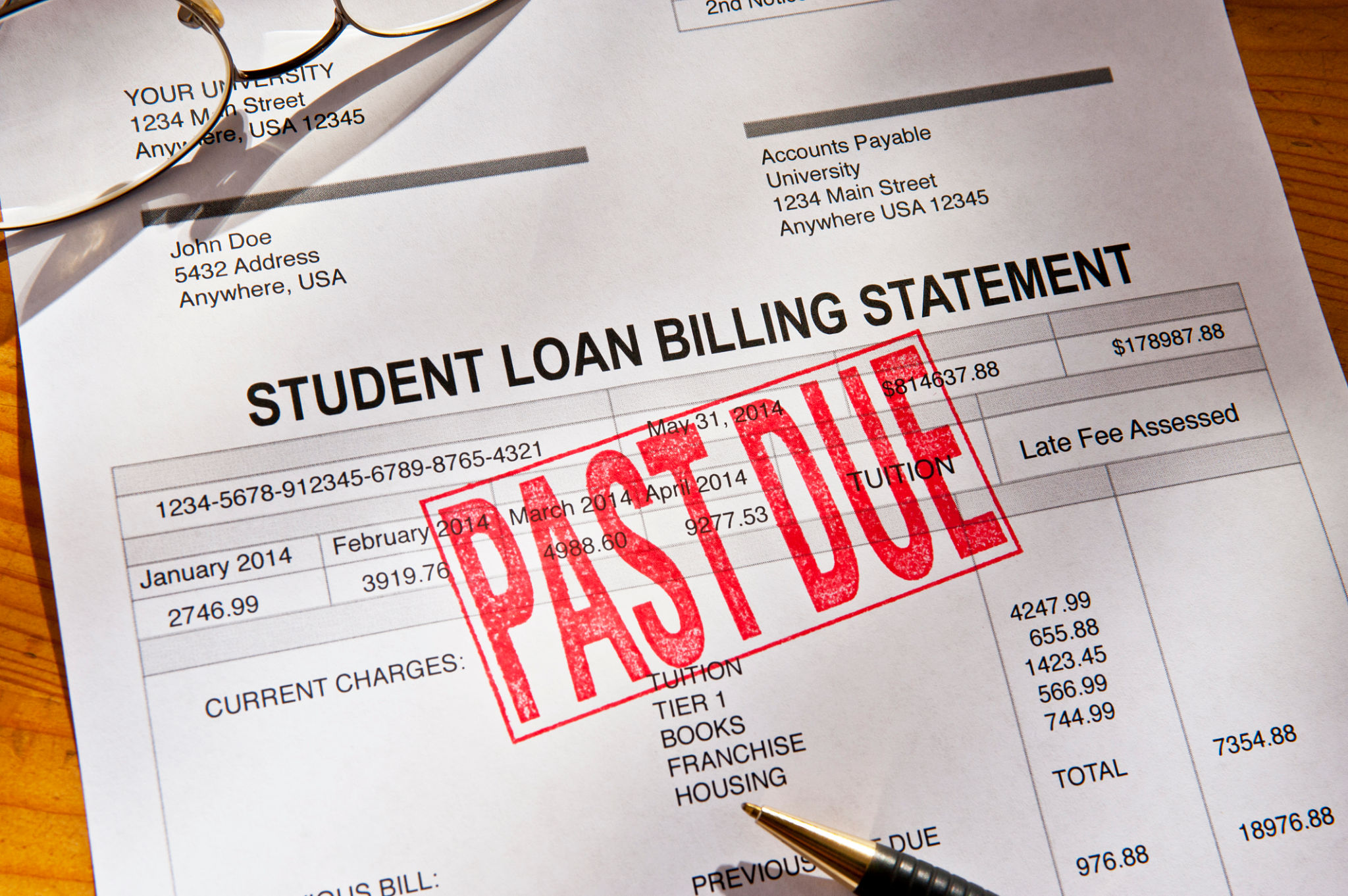Myth-Busting: Common Misconceptions About Loan Forgiveness Programs
Understanding Loan Forgiveness Programs
Loan forgiveness programs are often misunderstood, leading to confusion and misconceptions. These programs are designed to alleviate debt burdens for those who qualify, but many people have inaccurate beliefs about how they work. Let's dive into some common myths and set the record straight.

Myth 1: Loan Forgiveness Is Automatic
One of the biggest misconceptions is that loan forgiveness happens automatically once you meet certain criteria. In reality, borrowers must apply for loan forgiveness and meet specific eligibility requirements. This often involves submitting detailed documentation and staying informed about program rules and deadlines. It’s crucial to be proactive if you want to benefit from these programs.
Borrowers should also be aware that different programs have distinct requirements. For example, Public Service Loan Forgiveness (PSLF) requires working in a qualifying government or non-profit job and making 120 qualifying monthly payments. Understanding these nuances is essential for successful forgiveness.
Myth 2: All Loans Are Eligible
Many believe that all types of loans qualify for forgiveness, but this is not the case. Only federal student loans are eligible for most federal forgiveness programs. Private loans typically do not qualify. It's important to verify the type of loans you have before pursuing a forgiveness program.

Additionally, certain types of federal loans, such as Perkins Loans or FFEL Loans, may require consolidation into a Direct Loan to become eligible for specific forgiveness options. Knowing your loan type and how it fits into the program is vital.
Financial Impact and Tax Implications
An often-overlooked aspect of loan forgiveness is its potential financial impact beyond debt relief. Many borrowers are unaware that forgiven loans can have tax implications. While some programs like PSLF do not treat forgiven amounts as taxable income, others might. It's wise to consult with a tax professional to understand the potential consequences fully.
Myth 3: Forgiveness Eliminates All Debt
While loan forgiveness can significantly reduce debt, it doesn't necessarily eliminate all financial responsibilities. Some programs only forgive a portion of the debt, requiring borrowers to continue making payments on any remaining balance. It's essential to read the fine print and understand the extent of forgiveness offered.

Furthermore, maintaining eligibility often means adhering to program rules over a period of time, which might include employment or payment terms. Keeping track of these requirements ensures you remain on track for full forgiveness.
Staying Informed and Proactive
To maximize the benefits of loan forgiveness programs, staying informed and proactive is key. Regularly reviewing program updates and policies can prevent misunderstandings and missed opportunities. Consider joining forums or groups where borrowers share experiences and advice.
In summary, while loan forgiveness programs can be a lifeline for many borrowers, understanding their intricacies is critical. By dispelling myths and gaining a clear understanding of these programs, borrowers can navigate their debt relief journey more effectively.
